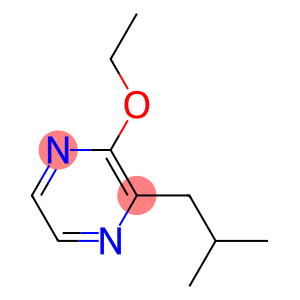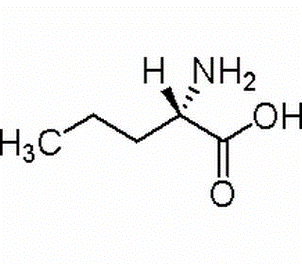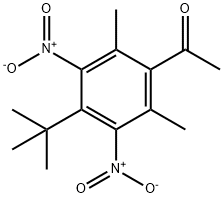2,3-Dichloronitrobenzene(CAS#3209-22-1)
| Risk Codes | R22 – Harmful if swallowed R51/53 – Toxic to aquatic organisms, may cause long-term adverse effects in the aquatic environment. R20/22 – Harmful by inhalation and if swallowed. |
| Safety Description | S60 – This material and its container must be disposed of as hazardous waste. S61 – Avoid release to the environment. Refer to special instructions / safety data sheets. S37 – Wear suitable gloves. |
| UN IDs | UN 3077 9/PG 3 |
| WGK Germany | 3 |
| RTECS | CZ5240000 |
| TSCA | Yes |
| HS Code | 29049085 |
| Hazard Class | 9 |
| Packing Group | III |
Introduction
2,3-Dichloronitrobenzene is an organic compound. The following is an introduction to its nature, use, preparation method and safety information:
Quality:
- Appearance: 2,3-Dichloronitrobenzene is a colorless to pale yellow crystalline or crystalline powder.
- Solubility: 2,3-dichloronitrobenzene has good solubility in alcohols and ethers, and is almost insoluble in water.
Use:
- Explosives: 2,3-dichloronitrobenzene can be used in the preparation of explosives and gunpowder.
Method:
- Cyclonitration: 2,3-dichloronitrobenzene is prepared by nitrolation and chlorination on the benzene ring.
Safety Information:
- Toxicity: 2,3-Dichloronitrobenzene is a toxic compound and should be handled with caution to avoid inhalation, ingestion, or skin contact.
- Fire extinguishing: In a fire, dry chemical extinguishing agents, carbon dioxide or foam are used to extinguish the fire.
- Storage: 2,3-dichloronitrobenzene should be stored in an airtight container, away from ignition and oxidants.
- Disposal: Disposal is carried out in accordance with regulations and is not allowed to be dumped into water bodies or discharged into the environment.








